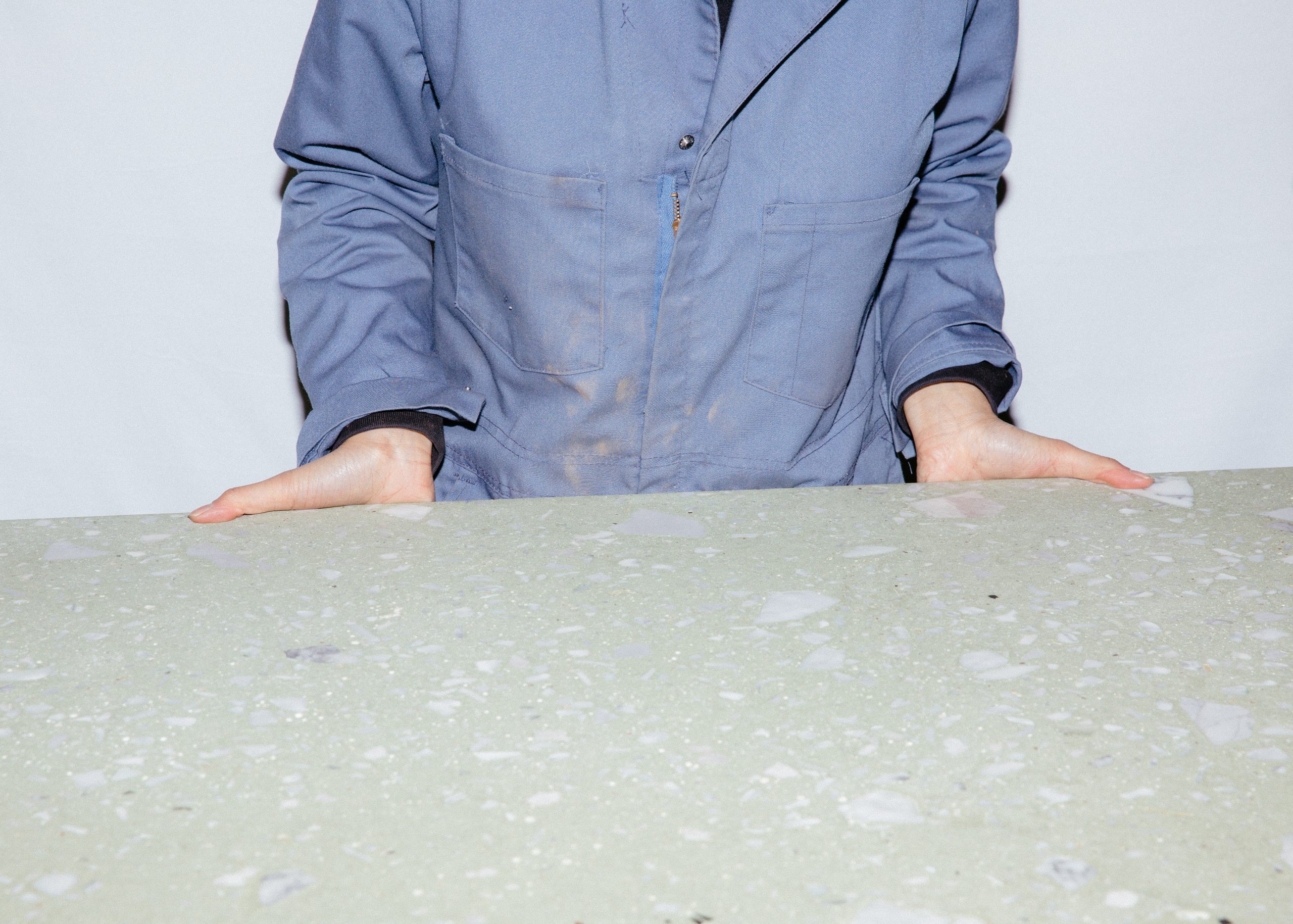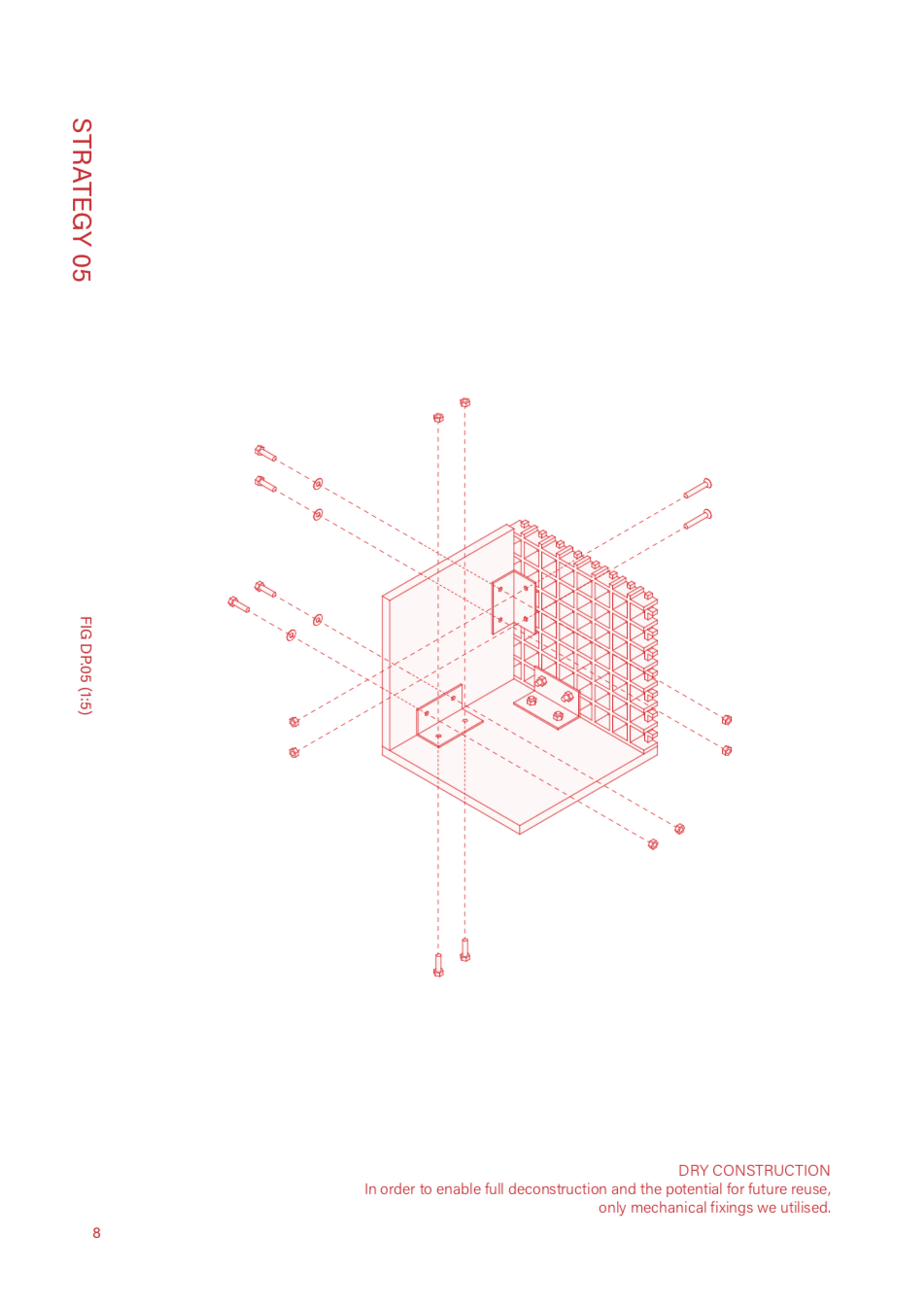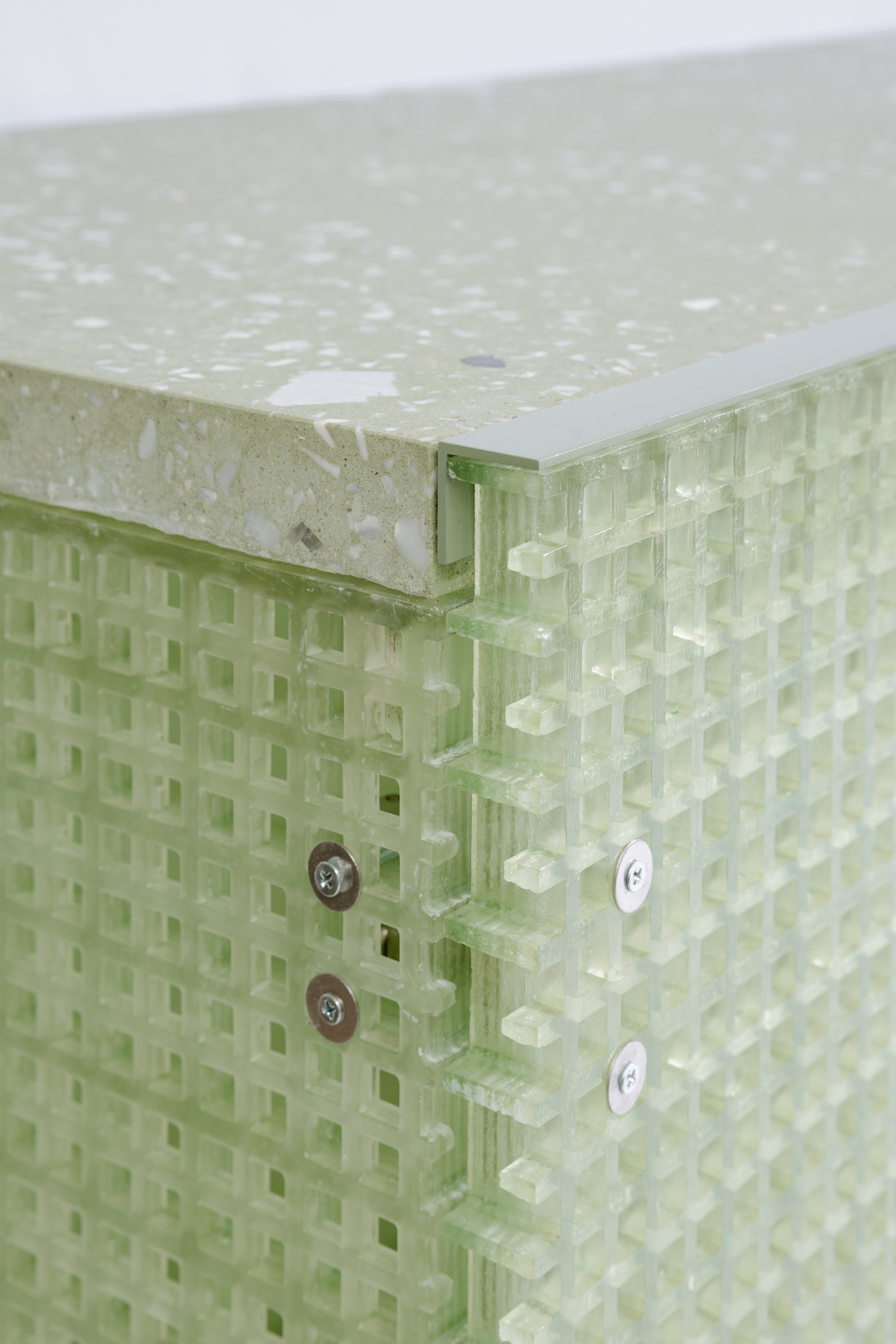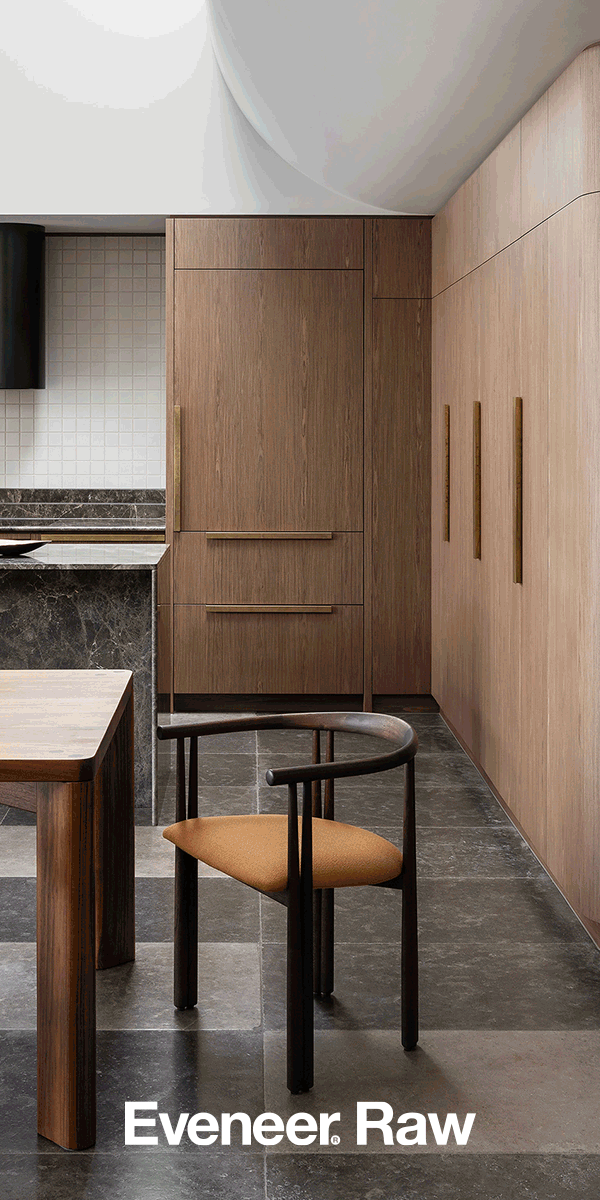An arresting structure that weaves a tapestry of bricks, drawing from the complex and violent history of transatlantic trade in order to imagine new...
Second Edition
Positioning deconstruction, recovery and reuse ahead of more high-tech, highly visible and 'heroic' sustainability solutions, Second Edition have developed an open-source method of research and practice that fosters new networks and material ecologies.
Essay
Thomas Essex-Plath
Photography
Hamish McIntosh
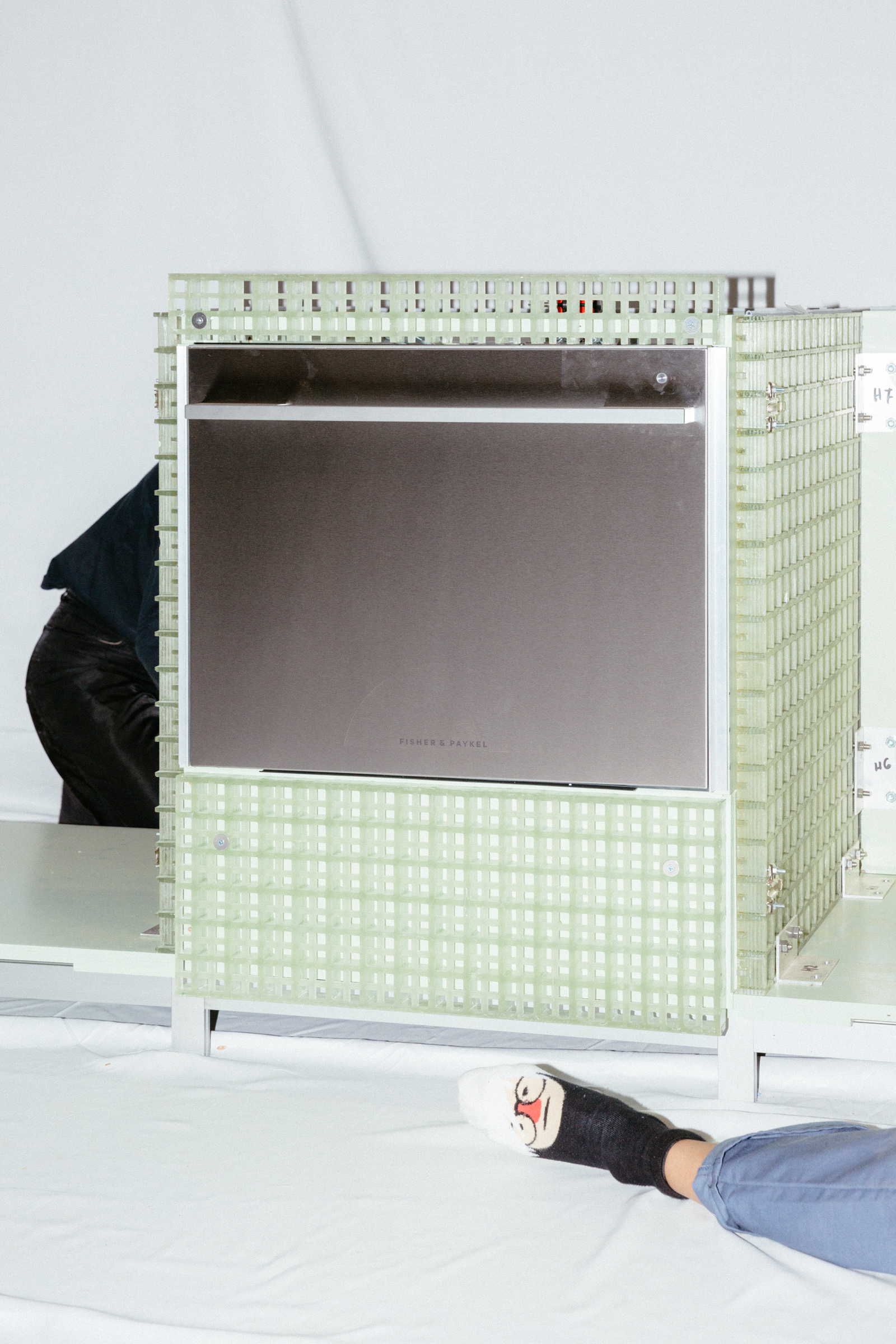
While the Australian government continues to repeat disappointing mantras of ‘technology-led’ responses to the climate crisis, within the architecture and design world big international offices, addressing sustainability, continue to devise schemes with the scale and ethos of eco-techno-utopias. These schemes generally appeal to a particular image of sustainability – heroic, high-tech glorifying and ‘innovation-driven’. The potential feasibility or efficacy of these grandiose responses needn’t be questioned in order to identify that they typically obscure less heroic, but equally valuable, modes of sustainable practice.
Not easily captured by glossy renderings, these various modes of sustainable practice undertake the patient, careful work of analysing and reconfiguring existing networks. Such approaches are not simple – they are always entangled in concrete realities and not easily defined or circumscribed, thus reflecting the complexity of the distributed socio-technical networks that they work to trace and operate through. Rather than being primarily concerned with changing the retinue of objects that we live with (i.e. incorporating novel, high-tech ‘solutions’), they are attuned to the reality that we must alter the way we do the things we do, and how we relate to people and things.
For architects, this also means changing the way we do architecture. Second Edition, a young Sydney office founded by Amy Seo and Shahar Cohen, has admirably taken up this task, placing it at the very core of the practice.
Second Edition began with the co-founders’ shared alarm at the sheer quantity of construction waste. In response, they have sought to enact and advocate for deconstruction and reuse-centred alternatives to typical material flows. While recycling has a slightly more established place within frameworks of material recovery, it is in deconstruction and reuse that Second Edition sees the potential for a greater role (and accompanying agency) for architects and designers. This has manifested, in part, in the various ways the practice engages with clients and other actors – from traditional ‘design services’ and other forms of consulting, to on-site (and hands-on) material recovery, refurbishment and inventorying. Whether recovering tiles from a demolition site or devising ways to accommodate indeterminate material dimensions into a design, the processes the architects work through become ways to draw new kinds of material networks and, in tandem, new kinds of associations among stakeholders in design and construction.
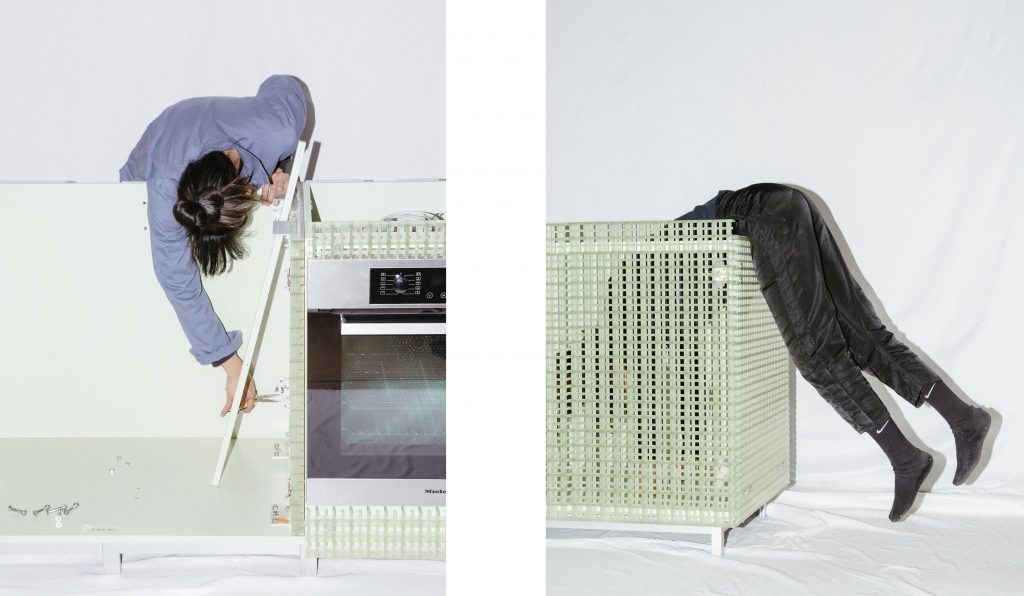
Communication and the orchestration of information is key to Second Edition’s process, cutting across multiple dimensions of their work. Amy and Shahar’s careful analysis of the operation of material specification (a rather banal set of processes and documents in design) underpins their explorations of how ambiguities and unknowns can be incorporated into frameworks in order to facilitate the use of materials recovered through deconstruction, while still working within the parameters of time, cost and availability.
Bringing the practices of material specification forward in the architectural process – allowing it to drive, rather than merely be a stage after, major design decisions – is a simple but potent premise underlying their practice. Their navigation through risk and liability entails understanding the risk levels of different salvaged materials, but also necessitates clear communication and transparency between all actors – clients, builders and others. Furthermore, they are acutely aware that their goals of reforming the way materials are used and conceived of is beyond the labour of two people or one organisation. Accordingly, their project is not confined to their own work but oriented towards a broader sharing of information and methods of translating practices across different enterprises.
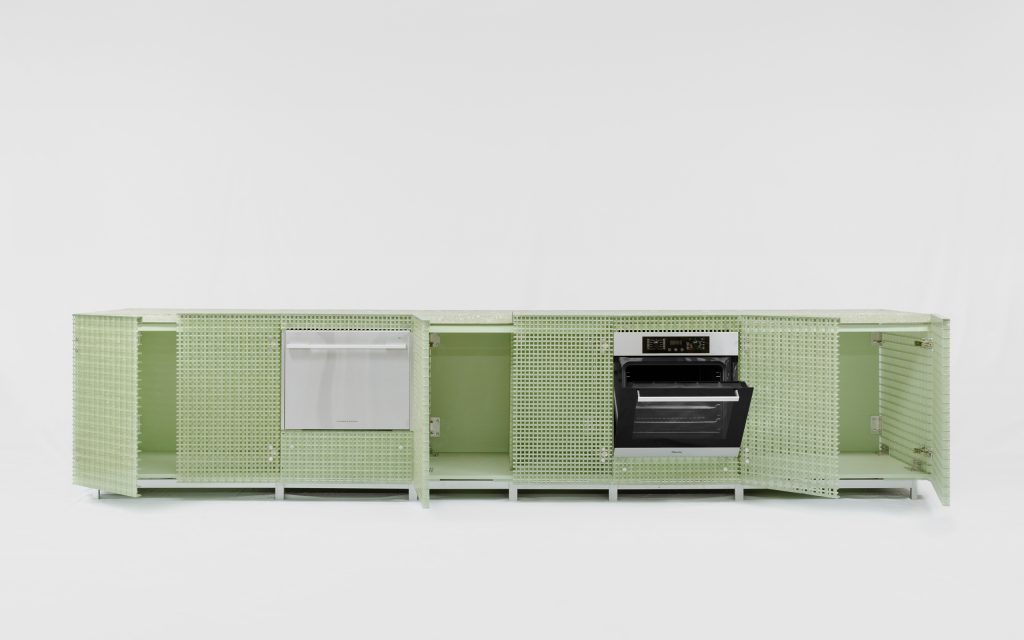
Second Edition’s first built work, Off-cut Kitchen, materialises their ongoing research and concerns into reuse and deconstruction. In these contexts, kitchens are especially pertinent sites for action – as Amy and Shahar note, kitchens are often replaced within five to ten years. Frequently, they are ripped out merely to keep up with the hottest new colour of terrazzo or trending fixtures. Nothing makes the aesthetic qualities of something feel as thin and insubstantial as knowing that it is determined in large part by the whims of fashion, and so will soon be usurped. Instead, Second Edition’s work elaborates on the possibility for cultivating new materially and ecologically embedded aesthetic sensibilities, in which poetics can emerge from the ambiguity of whether design choices are aesthetically motivated or have more ‘matter of fact’ origins, such as constructional or material logics.
These sensibilities are discernible in the contrast between the cabinetry and recovered appliances of Off-cut Kitchen. As a result of the hazy, see-through character of the fibre reinforced polymer (FRP) fronts (industrial flooring offcuts), the appliances almost appear to float within the unit. This allows them to sit more autonomously, as ‘found objects’ rather than dull ‘integrated appliances’, and so, in a sense, they could be replaced by any appliance yet still maintain the work’s aesthetic integrity. The dialogue between the FRP and the expressed mechanical fixings – merely passing through, rather than breaching or puncturing the material – becomes a kind of ‘tell’ for reading the component-ness (and, implicitly, de-constructability) of a whole that otherwise retains unity through simple means like colour and clarity of form.
Being overly concerned with the aesthetic implications of Second Edition’s programme of research and practice would miss the point. That said, it is still worth stressing because beyond the fact that their agenda obviously results in better social and ecological outcomes than a typical architect-designed-Italian-marble-integrated-appliance-endless-veneer-kitchen, Second Edition’s kitchen also has more nuance, greater aesthetic rigour and delight, and more poetic depth – the very aspects that the usual high-end architect’s kitchen, through its ungodly expensiveness, would like to claim dominion over. Simply, Second Edition’s work does both – better.
Originally published in Union 01. For more drawings and photography of this project subscribe to Union magazine.
